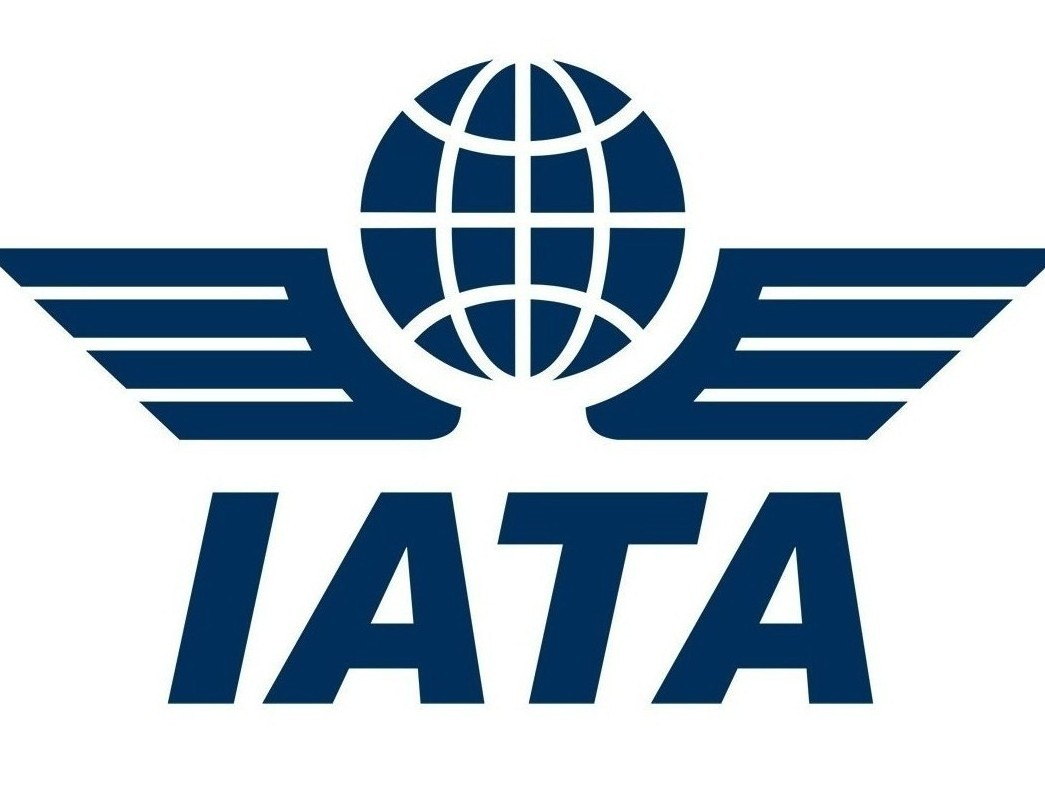The International Air Transport Association (IATA) announced passenger demand performance for June 2021 showing a very slight improvement in both international and domestic air travel markets. Demand remains significantly below pre-COVID-19 levels owing to international travel restrictions.
As comparisons between 2021 and 2020 monthly results are distorted by the extraordinary impact of COVID-19, unless otherwise noted, all comparisons are to June 2019, which followed a normal demand pattern.
Total demand for air travel in June 2021 (measured in revenue passenger kilometers or RPKs) was down 60.1% compared to June 2019. That was a small improvement over the 62.9% decline recorded in May 2021 versus May 2019.
International passenger demand in June was 80.9% below June 2019, an improvement from the 85.4% decline recorded in May 2021 versus two years ago. All regions with the exception of Asia-Pacific contributed to the slightly higher demand.
Total domestic demand was down 22.4% versus pre-crisis levels (June 2019), a slight gain over the 23.7% decline recorded in May 2021 versus the 2019 period. The performance across key domestic markets was mixed with Russia reporting robust expansion while China returned to negative territory.
“We are seeing movement in the right direction, particularly in some key domestic markets. But the situation for international travel is nowhere near where we need to be. June should be the start of peak season, but airlines were carrying just 20% of 2019 levels. That’s not a recovery, it’s a continuing crisis caused by government inaction,” said Willie Walsh, IATA’s director general.
Middle Eastern airlines posted a 79.4% demand drop in June compared to June 2019, improving from the 81.3% decrease in May, versus the same month in 2019. Capacity declined 65.3% and load factor deteriorated 31.1 percentage points to 45.3%.
African airlines’ traffic fell 68.2% in June versus the same month two years ago, an improvement from the 71.5% decline in May compared to May 2019. June capacity contracted 60.0% versus June 2019, and load factor declined 14.5 percentage points to 56.5%.
Asia-Pacific airlines’ June international traffic fell 94.6% compared to June 2019, unchanged from the 94.5% decline in May 2021 versus May 2019. The region had the steepest traffic declines for an eleventh consecutive month. Capacity dropped 86.7% and the load factor was down 48.3 percentage points to 33.1%, the lowest among regions.
European carriers saw their June international traffic decline 77.4% versus June 2019, a gain from the 85.5% decrease in May compared to the same month in 2019. Capacity declined 67.3% and load factor fell 27.1 percentage points to 60.7%.
North American carriers’ June demand fell 69.6% compared to the 2019 period, improving from the 74.2% decline in May versus two years ago. Capacity sank 57.3%, and load factor dipped 25.3 percentage points to 62.6%.
Latin American airlines saw a 69.4% drop in June traffic compared to the same month in 2019, improved over the 75.3% decline in May compared to May 2019. June capacity fell 64.6% and load factor dropped 11.3 percentage points to 72.7%, which was the highest load factor among the regions for the ninth consecutive month.











